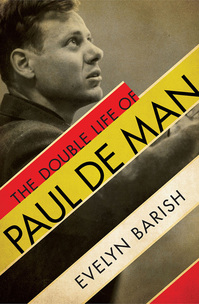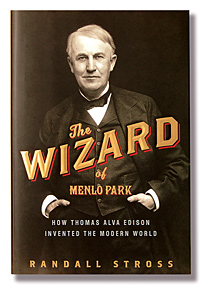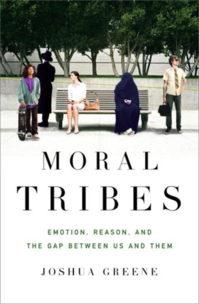Counterbalancing the angst of those hurt by the death of an old technology is sometimes the triumph creative destruction provides to those who were less well-served by the old technology. Some look to governments to restrain a dominant technology; but sometimes a more effective way is to replace the old technology through creative destruction’s leapfrog competition.
(p. 84) Gaslight monopolies had few friends outside of the ranks of shareholders. At the beginning of the nineteenth century, gaslight had been viewed as pure and clean; seventy years later, its shortcomings had become all too familiar: it was dirty, soiled interior furnishings, and emit-(p. 85)ted unhygienic fumes. It was also expensive, affordable for indoor lighting only in the homes of the wealthy, department stores, or government buildings. The New York Times almost spat out the following description of how gas companies conducted business: “They practically made the bills what they pleased, for although they read off the quantity by the meter, that instrument was their own, and they could be made to tell a lie of any magnitude…. Everybody has always hated them with a righteous hatred.”
Edison credited the gas monopoly for providing his original motivation to experiment with electric light years before in his Newark laboratory. Recalling in October 1878 his unpleasant dealings years earlier with the local gas utility, which had threatened to tear out their meter and cut off the gas, Edison said, “When I remember how the gas companies used to treat me, I must say that it gives me great pleasure to get square with them.” The Brooklyn Daily Eagle printed an editorial titled “Revenge Is Sweet” in which it observed that the general public greatly enjoyed the discomfort of the gas companies, too: “To see them squirm and writhe is a public satisfaction that lifts Edison to a higher plane than that of the wonderful inventor and causes him to be regarded as a benefactor of the human race, the leading deity of popular idolatry.”
Source:
Stross, Randall E. The Wizard of Menlo Park: How Thomas Alva Edison Invented the Modern World. New York: Crown Publishers, 2007.
(Note: ellipsis in original.)






